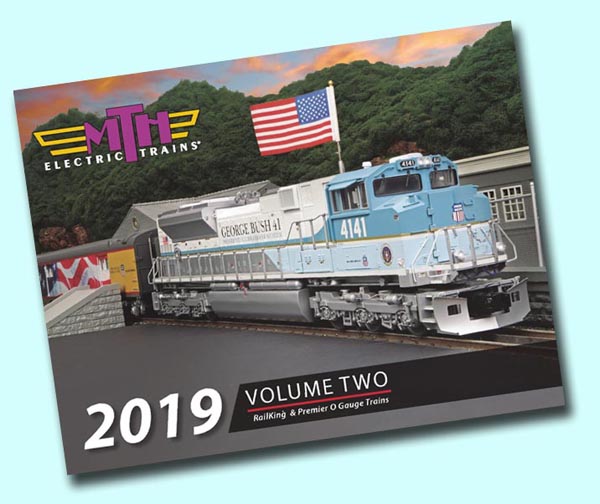 |
|||||||
|
|||||||

Electro-Motive Division's GP (for "General Purpose") engines were the brainchild of project engineer Dick Dilworth. In the late 1940s, Dilworth saw that America's 30,000 miles of mainline rail had been virtually dieselized, but the 130,000 miles of secondary lines that carried half of the nation's freight traffic were still largely steam powered. He viewed that as a huge marketing opportunity. In The Dilworth Story, a book published by Electro-Motive Division in 1954, Dilworth explained how he tried to meet that opportunity: "In planning the GP, I had two dreams. The first was to make a locomotive so ugly in appearance that no railroad would want it on the main line or anywhere near headquarters, but would keep it out as far as possible in the backcountry, where it could do really useful work. My second dream was to make it so simple in construction and so devoid of Christmas-tree ornaments and other whimsy that the price would be materially below our standard main-line freight locomotives." Of course, Dilworth's explanation conveniently ignored the fact that Alco's arguably uglier RS-1 had introduced the road switcher concept eight years before EMD. And in one sense, Dilworth's project was a failure. Railroads bought Geeps for mainline service and relegated older power to secondary lines as they had always done. But his brainchild became the runaway best-seller among first-generation diesel power. U.S. and Canadian railroads bought nearly 7,000 copies of the 1500 horsepower GP7, introduced in 1949, and the 1750 horsepower GP9, produced from 1954 through 1963. In those early days of diesel power, experienced engineers loved the Geep cab because, unlike the new streamliners, it felt like home to them. An engineer in a Geep running long hood forward sat near the back of the engine, looking out over the power plant - just as he had in a steam engine. Even running short hood forward, the engineer's view was out past the engine's nose, similar to a steamer. The GP9 returns to the Premier line with the full range of superb detailing you expect in a Premier locomotive: see-through end steps, body side grilles, and roof fan housings; metal side and end handrails; separate metal grab irons; metal lift rings on its roof panels; windshield wipers; and the super-detailed Blomberg trucks introduced earlier on our Premier F-units. Our Geeps also feature authentic first-generation diesel sounds including a single-chime air horn and the throb of an EMD 16-cylinder model 567 prime mover - so named because each of its cylinders displaced 567 cubic inches. |
2019 Volume 2 CatalogClick HERE to see it online. It's Easy To Add WiFi To Your DCS LayoutCheck Out The Quick Start VideoClick HERE To Learn More About DCS and WiFi Control |
||||||
| Follow Us On | |||||||
| © 2019 M.T.H. Electric Trains 7020 Columbia Gateway Drive, Columbia, MD 21046 (410)381-2580 |
|||||||




